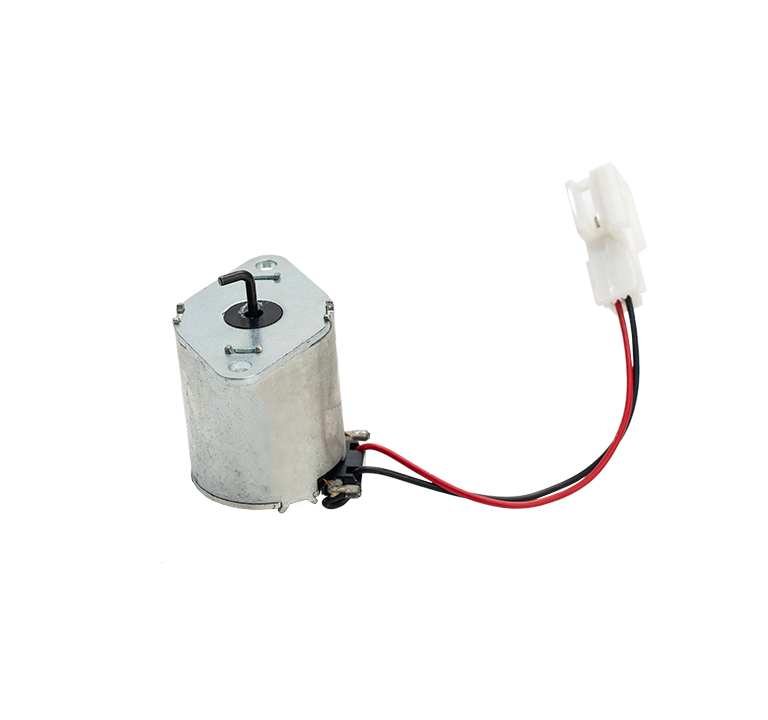The situation where the solenoid valve does not operate after being powered on is quite common, and the reasons involve multiple aspects. Firstly, abnormal power supply voltage or wiring errors can cause the coil to fail to generate sufficient magnetic force, and the valve core cannot move. Secondly, if the coil burns out or breaks, causing the solenoid valve to lose its driving force, it is necessary to use a multimeter to check the coil resistance for confirmation.
It is very important to regularly clean and maintain the valve body if impurities inside the valve block or the valve core is stuck, which hinders the opening and closing action of the valve. Damaged or improperly installed springs can also affect the sensitivity of valve operation. The freezing of mechanical components caused by low ambient temperature or the expansion of materials caused by high ambient temperature may lead to abnormal operation. Abnormal control signals or damaged relays may also cause the solenoid valve to not respond.

In addition, excessive medium pressure in the operating environment, exceeding the designed tolerance range of the solenoid valve, can also make it difficult for the valve to open. Checking and troubleshooting require a combination of electrical testing and mechanical inspection. Ensuring stable power supply voltage, correct wiring, cleaning valve body impurities, maintaining mechanical structure, and selecting solenoid valves suitable for working conditions can effectively avoid the problem of power failure and ensure stable system operation.
